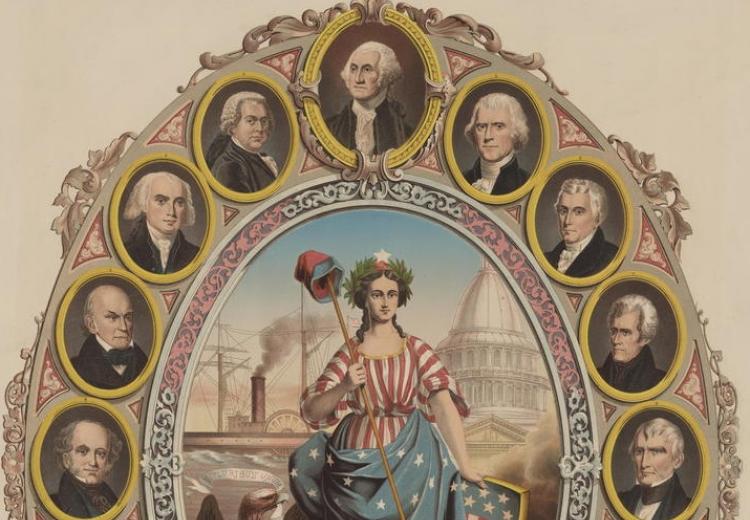Like Father, Like Son: Presidential Families

Bouclet and Feusier portraits of the Presidents of the United States, ca. 1861.
"No man who ever held the office of President would congratulate a friend on obtaining it."
—John Adams
These do not sound like the words of the father of one of our nation's Presidents. In fact, these words were spoken by John Adams — our nation's second President and the father of John Quincy Adams, the sixth president of the United States. How unusual is it for a father and son to become President of the United States? It has now happened twice in our nation's history: the Adamses (John Adams (1797-1801) and John Quincy Adams (1825-1829) and the Bushes (George H.W. Bush (1989-1993) and George W. Bush (2001-2009).
The lessons in this unit provide an opportunity for students to learn about and discuss two U.S. families in which both the father and son became President. Students will address questions such as: What types of people might become President of the United States? What type of training as a child do you think these father/son pairs had to enable them to become President?
Guiding Questions
In addition to Constitutional requirements, what does someone need to run for President of the United States?
What examples of familial dynasties have existed in world history?
Learning Objectives
Understand the role of the President of the United States and symbols of the presidency in the present.
Analyze the unofficial requirements for someone to run for the office of President of the United States.
Evaluate the ramifications of familial dynasties in American politics.
